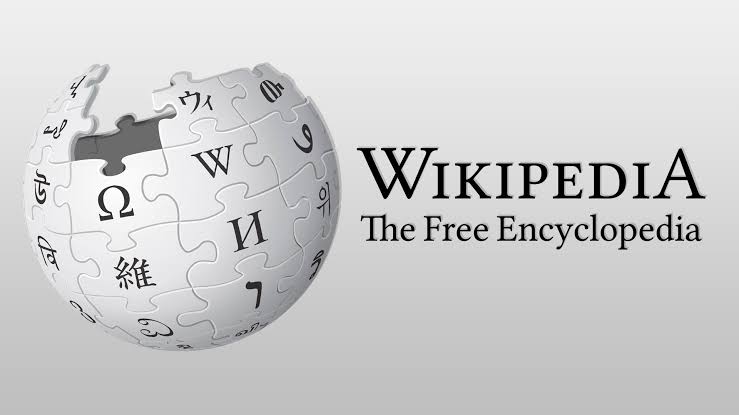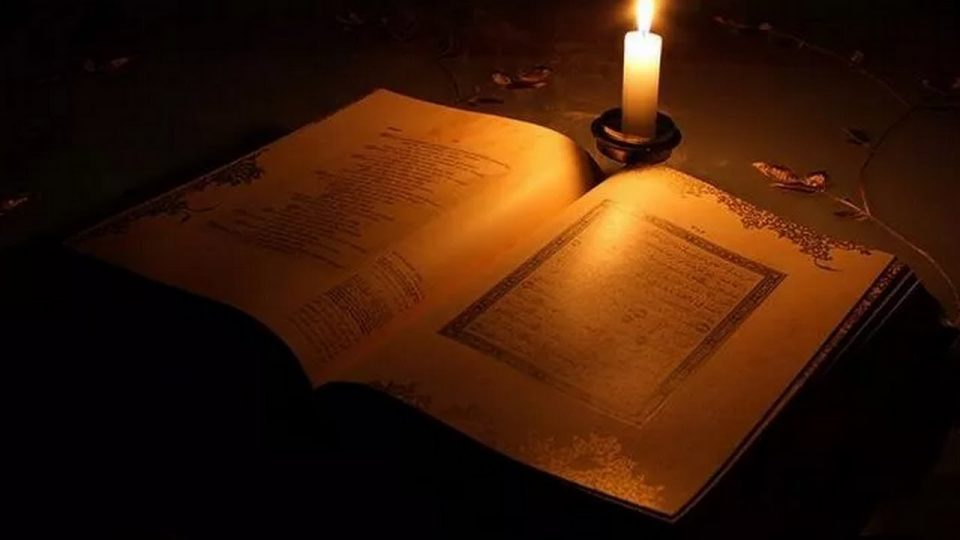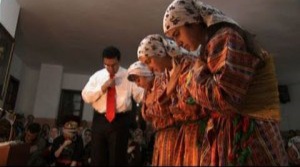The Spanish Inquisition was established in 1478 by the Catholic Monarchs, Ferdinand II of Aragon and Isabella I of Castile, to identify and punish conversos (Jews and Muslims who had converted to Christianity) and moriscos (Muslims who had converted to Christianity) who were suspected of practicing their former religions in secret. The Inquisition operated as a special court system, with its own rules and procedures, and was responsible for investigating and prosecuting cases of heresy and religious non-conformity.
The Inquisition relied heavily on denunciations, which were anonymous accusations made against individuals suspected of heresy. These denunciations often stemmed from personal vendettas or disputes between neighbors, and they were taken seriously by the Inquisition, which would initiate an investigation into the accused individual’s religious beliefs and practices.
The Inquisition also relied on a system of torture to extract confessions and information from suspects. Torture was used in cases where there was insufficient evidence to prove guilt or to compel a suspect to reveal the names of other heretics. Suspects were subjected to various forms of torture, including the strappado, the rack, and the garrote. Although torture was officially outlawed in 1812, it continued to be used in Spain until the mid-19th century.
The impact of the Inquisition on Spanish society and politics during the Early Modern period was significant. The Inquisition was a powerful institution that had the ability to arrest, try, and punish individuals without interference from the civil authorities. This gave the Inquisition a degree of independence and autonomy that made it a formidable force in Spanish society.
The Inquisition also had a profound impact on Spanish culture and intellectual life. The fear of being accused of heresy or blasphemy stifled intellectual inquiry and creative expression, and many writers and artists resorted to self-censorship to avoid being targeted by the Inquisition. This had a chilling effect on the development of Spanish literature and art during the period.
The Inquisition’s impact on the Jewish and Muslim communities in Spain was particularly severe. The Inquisition targeted both conversos and moriscos, accusing them of secretly practicing their former religions and imposing harsh penalties on those who were found guilty. Many Jews and Muslims chose to leave Spain rather than face persecution by the Inquisition, and the country’s Jewish and Muslim populations were significantly reduced as a result.
The Inquisition also had an impact on Spanish politics, as it was used as a tool by the monarchs to consolidate their power and control dissent. The Inquisition was often called upon to investigate and punish political opponents, and its power was used to silence critics of the monarchy and the Catholic Church.
In conclusion, the Spanish Inquisition was a powerful institution that operated for centuries in Spain, investigating and punishing individuals suspected of heresy and religious non-conformity. The Inquisition relied on denunciations and torture to achieve its objectives, and its impact on Spanish society and politics during the Early Modern period was profound. The fear of being accused of heresy stifled intellectual inquiry and creative expression, and the Inquisition’s targeting of Jews and Muslims contributed to the decline of Spain’s Jewish and Muslim populations. The Inquisition’s power was used to silence dissent and consolidate the power of the monarchy and the Catholic Church.












